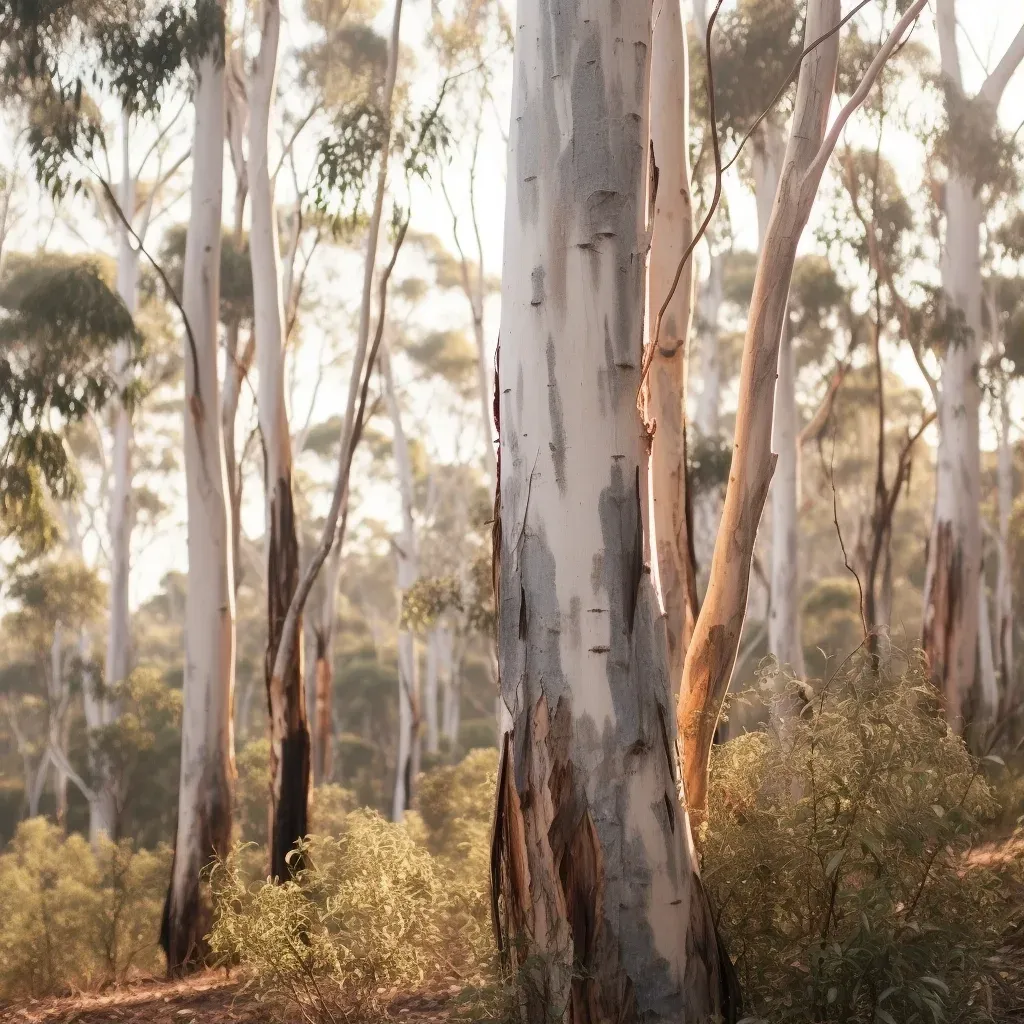Story of Day :
Contents
Eucalyptus Dalrympleana (Mountain Gum) Plant Care Tips
Are you looking to add a touch of elegance and beauty to your garden? Look no further than the Eucalyptus dalrympleana, commonly known as the Mountain Gum.
This stunning tree originated from Tasmania and is renowned for its silver-blue leaves, graceful form, and attractive bark.
Soil Requirements
The Mountain Gum thrives in well-draining soil with a pH level between 5.0 and 7.5.
It prefers sandy or loamy soil but can also tolerate clayey soil with adequate drainage.
Before planting your Eucalyptus dalrympleana, ensure that the soil is enriched with organic matter to promote healthy growth.
Sun Exposure

Eucalyptus dalrympleana requires full sun exposure for optimal growth.
It needs at least six hours of direct sunlight daily to thrive.
Ensure that you select a planting location that receives ample sunlight throughout the day.
Watering Needs
The Mountain Gum has moderate water requirements once established.
During the first year after planting, water it deeply once every week to help establish a strong root system.
Once established, reduce watering frequency to once every two weeks or when the top few inches of soil feel dry.
- Avoid overwatering as it may lead to root rot
- Mulching around the base of the tree can help retain moisture
- In periods of prolonged drought or heatwaves, provide additional irrigation
Pruning Techniques
To maintain an attractive shape and encourage healthy growth, regular pruning is essential for Eucalyptus dalrympleana.
Here are some pruning techniques to keep in mind:
- Remove dead or diseased branches: Regularly inspect your Mountain Gum for any dried or diseased branches and promptly remove them to prevent the spread of diseases.
- Thinning out crowded branches: Remove crossing or excessively dense branches to improve airflow and reduce the risk of pests and diseases.
- Pollarding (optional): If you prefer a more compact form, you can opt for pollarding, which involves cutting back the main trunk to encourage bushier growth.
However, it’s important to note that this technique should only be done during late winter or early spring.

Pests and Diseases
Eucalyptus dalrympleana is generally resistant to most pests and diseases.
However, it may occasionally face issues such as:
- Lerp psyllids: These small sap-sucking insects create a sugary protective coating on leaves, causing them to turn yellow.
Regularly inspect your tree for signs of infestation and treat accordingly with an appropriate pesticide if necessary.
- Moths:The larvae of certain moth species may feed on Eucalyptus leaves.
Handpick the larvae when possible or use biological controls such as parasitic wasps.
- Canker disease: This fungal disease causes sunken lesions on bark, leading eventually causing branch dieback problems Stem cankers caused by fungus may cause death in plants that are already weakened by stress from other factors like drought.Locate cankers cut off affected areas well below symptoms And adjust cultural practices like irrigation methods where soil moisture is maintained at levels that do not induce stress on plant.

Propagation
Eucalyptus dalrympleana can be propagated through seeds or cuttings.
Here’s how you can propagate this stunning tree:
- Propagation from seeds: Soak the seeds in warm water overnight to enhance germination.
Sow the seeds in a well-draining seed-starting mix and cover lightly with soil.
Maintain consistent moisture and warmth until germination occurs.
- Propagation from cuttings: Take semi-hardwood cuttings during late summer or early autumn.
Dip the bottom end of the cutting into rooting hormone powder and plant it in a pot filled with a mixture of perlite and peat moss.
Keep the cutting in a warm, humid environment until roots develop.

Conclusion
Eucalyptus dalrympleana, also known as Mountain Gum, is an exquisite addition to any garden landscape.
With its silver-blue leaves, graceful form, and attractive bark, this tree is sure to add elegance to your outdoor space.
By following these care tips for soil requirements, sun exposure, watering needs, pruning techniques, pest management strategies,and propagation methods you can ensure that your Eucalyptus dalrympleana thrives beautifully for years to come.</p